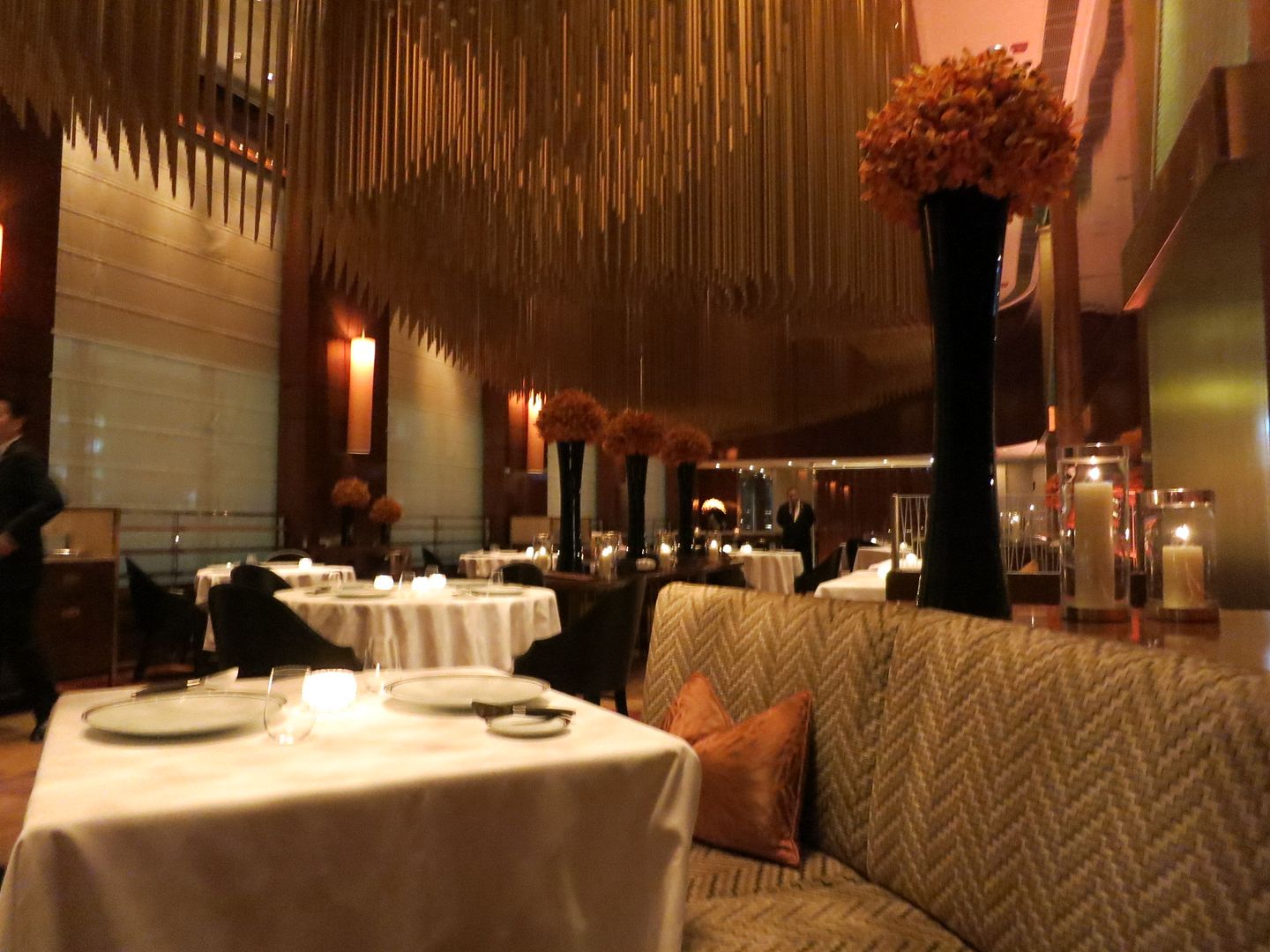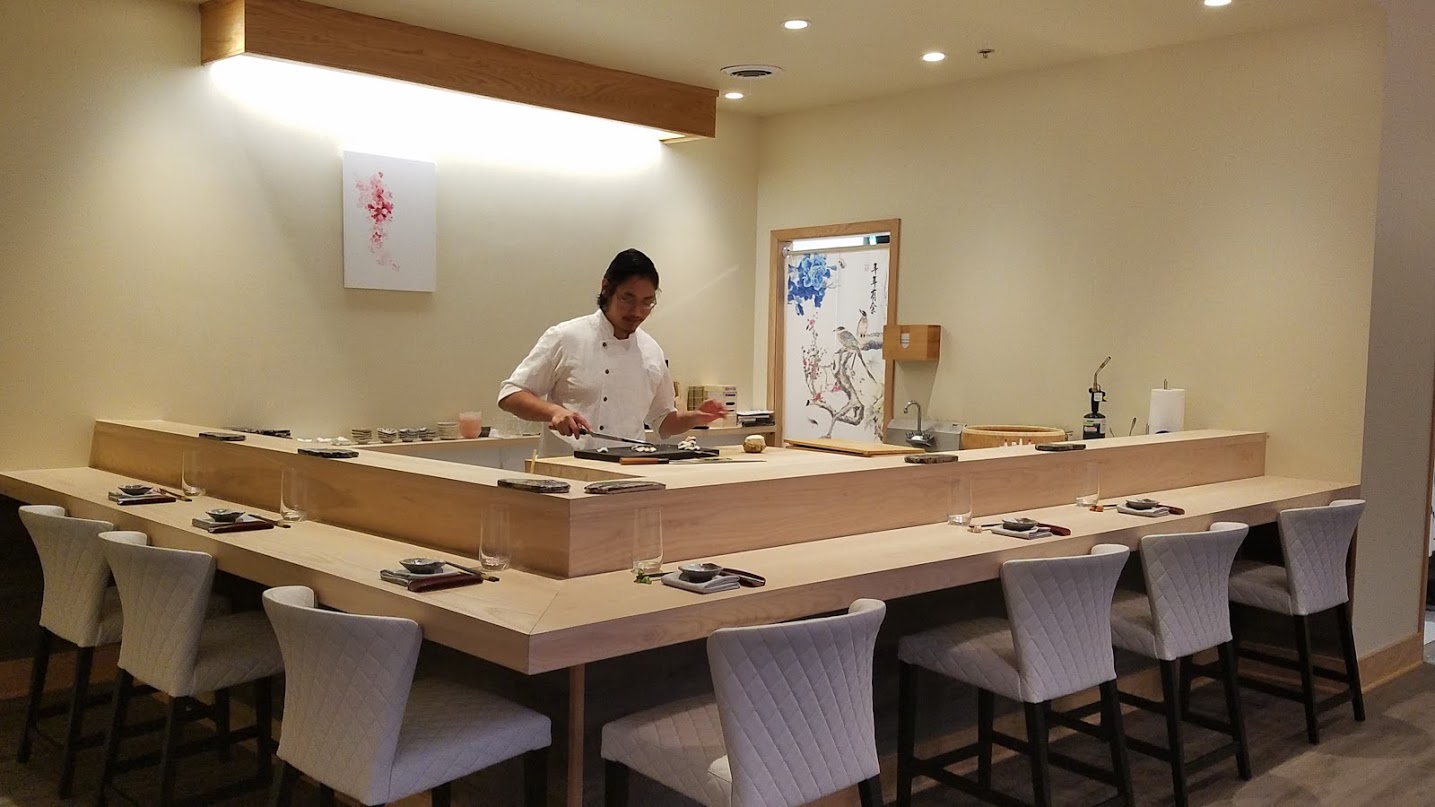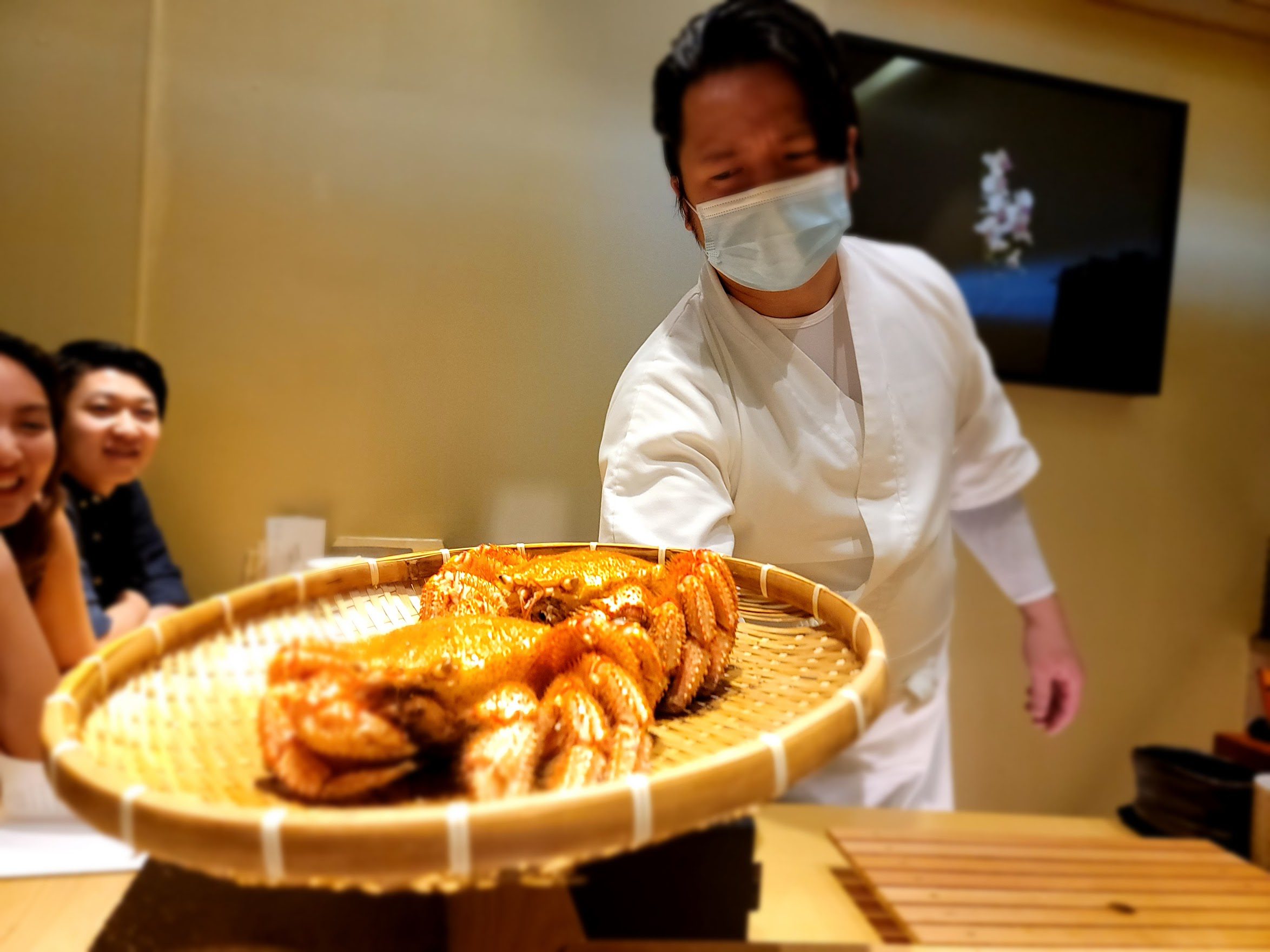The Michelin Guide was started by the Michelin tire company, initially to promote car sales and then to promote driving in order to sell more tires. The guide itself, though, doesn’t make money. But earning a Michelin star is huge for restaurants – a 20% bump in business for receiving a star, 40% for two stars, and a doubling in business on average for three stars as Skift reports.
Some chefs of course rail against the pressure and perceived unfairness and slights in the rankings, and quite reasonably so. May of the ratings really are off, both in terms of which restaurants get included and which ones do not, as well as the number of stars given. But a Michelin listing is a big deal for a restaurant and, it turns out, for a city.
- Thailand estimates that the launch of the Michelin Guide in Bangkok drove a 10% increase in tourism spending in Thailand. Thailand paid to have the Michelin Guide rank restaurants in Bangkok in a 5-year $4.4 million deal.
- South Korea paid Michelin to publish a guide on Seoul. A venture capital firm paid to get Kuala Lumpur included. It’s reported that pay-for-play arrangements helped launch Michelin into Hong Kong, Macau and Bangkok. Estonia’s tourism authority has entered into a contract with Michelin, and Israel is going to pay $1.6 million in order to have Tel Aviv ranked.
- Visit Dubai and Visit Abu Dhabi tourism authorities partnered with Michelin on launching guides for their cities.
- And Canada getting Michelin guides for Vancouver and Toronto?
the two inaugural guides in Canada were part of a multi-year funding deal between Michelin and tourism boards to put the Canadian hospitality industry back on its feet after the pandemic. While the specific numbers were not disclosed, it is understood that the process was different for the two cities, and “Destination Vancouver gave a large sum and a commitment for five years.”
- But what happens to countries that stop paying?
[T]he Czech Republic could be falling out with its Michelin stars after it announced that individual countries must now pay a fee of CZK 10 million to Michelin over three years. According to the report, countries such as Hungary and Slovenia have already pledged their payments.
I’ve certainly enjoyed my meals at places like The Fat Duck, Amber, Nahm, Bo Innovation, Jiro Roppongi and Masuda among so many, many others.

Michelin matters. My favorite sushi chef in Austin, Otto Phan, decamped for Chicago in 2018. The first time I ate at his then-new omakase restaurant in Austin I told my wife he wouldn’t stay long, he was too good. His reason for choosing Chicago was that the city was Michelin-rated and lacked a strong sushi scene. He was denied Michelin stars, likely due to internal Michelin politics, but though sushi has grown up in Chicago in the past five years he towers above the rest of the scene with his Kyoten restaurant.

Chef Otto Phan, Kyoten
Five years ago reservations were barely a thing at restaurants in Austin. Everywhere you’ll get people showing up at tough to get into spots on a lark. Two women in sweatpants entered Ferran Adria’s El Bulli ahead of me years ago without a booking and were turned away in the most polite manner I’d seen. Chef Phan only took reservations but his style of restaurant was anathema in a city that hadn’t quite grown up yet.
Austin has changed markedly, perhaps due to an influx of coastal elites. Reservations are now a must, and ironically the chef that Otto Phan helped into his former restaurant space now has the toughest reservation in the country based on Tock waitlist. Tsuke Edomae is closed for the first half of 2023 while chef Michael Che further hones his craft in Japan.

Chef Michael Che, Tsuke Edomae
Perhaps Austin should pay the Michelin guide to rate it, though honestly while everything has long been above average very few places are ‘great’ outside of barbecue. We wouldn’t have many Michelin-starred places unless they grade on a (steep) curve.


Wait. This is actually shocking to you? How else do you think a place like Florida got a Michelin guide before somewhere that actually deserves it, like Mexico City, Seattle, Nashville, Lima, etc. etc.
It is not “pay to play” to have your city included in the Michelin captive area. It does not change any restaurant’s rating, only its inclusion. Michelin appropriates little of the value of its research, payments to cover an area transfer the gains back.
@Ryan: Look at a Michelin Guide. Stars are less than 1% of the total number of establishments. Places like “Seattle, Nashville, Lima, etc. etc.” don’t hold a candle to the vibrant restaurant scene in Florida.
@Gary Leff
Visiting Austin for a long weekend. Mostly hanging around the downtown area and am looking for recommendations on BBQ. I figure we’ll do Franklin just because it’s so famous, but if we want to hit up one or two other BBQ places in that area, do you have suggestions?
@clemson
LA bbq is awesome and so are most places in lockhart, 30 minutes away
Those places are 100 years old and extremely unique
The smoking room at kreuz is a relic, has to be seen
@clemson – franklin, la bbq, micklethwait
Not shocking at all. What is shocking is that people still care about those Michelin stars. Mist often, you’ll get a better meal by just searching google or talking to a few locals. Most of the Michelin starred meals I’ve had have been far more about artfully plated plates and long, drawn out tasting menu experiences. Not to say the food itself isn’t good, but it’s not significantly better than many popular hoke-in-the-walls– an experience, that I, myself, prefer over a 4 hour, $500 Michelin star meal.
@L3 yes they do.
Gary- Any info on the Michelin Green Travel Guides? They had such great, detailed write-ups on attractions.
@L3 – that’s sarcasm, right?
How is Las Vegas not paying to have their Michelin coverage renewed? That should be a slam dunk for their tourism board.
It feels like there should be a Boston/Philadelphia/Baltimore/DC book too. Maybe that makes things too messy.
Michelin guide is a relic. Heavily weighted to self-aggrandizing cities, many who’ve seen significant population outflows over the past few years. Yep, maybe Michelin ratings were the thing in 1974, but culinary scenes do shift. In modern times, as far as the USA is concerned, that means south and southwest, a point obvious to foodies and anyone else who is paying attention.
@Pat: Las Vegas is covered. They did not need to pay (as far as I know).
@DFWSteve: It is still the most influential dining guide in the world.
having lived in Malta for four years now, I see we now have five one star restaurants. They are very good, and, even better, they cost 40% less than those on the continent. But what I have learned over the years, a better value if offered at Michelin Bib restaurants. As good as most starred restaurants, they are less “fussy” and pretentious. Give them a try.
Pat,
They paid once back in 2009. They found the ROI on their spend was not up to the standards on LVCVA spending in general. It didn’t drive visitors.
I used to go to mostly Michelin listed places many years ago, but no more. Michelin to me now means over priced, over hyped, used to be good but now don’t have to bother since the M guide fills them up every night. A real compliment is “worth visiting despite the Star”. 🙂
@Robert Hanson: Chefs say that achieving a star places them under higher pressure to maintain the rating, even leading some to disqualify themselves from consideration. You may find it different wherever you got a Michelin star but you are an outlier.